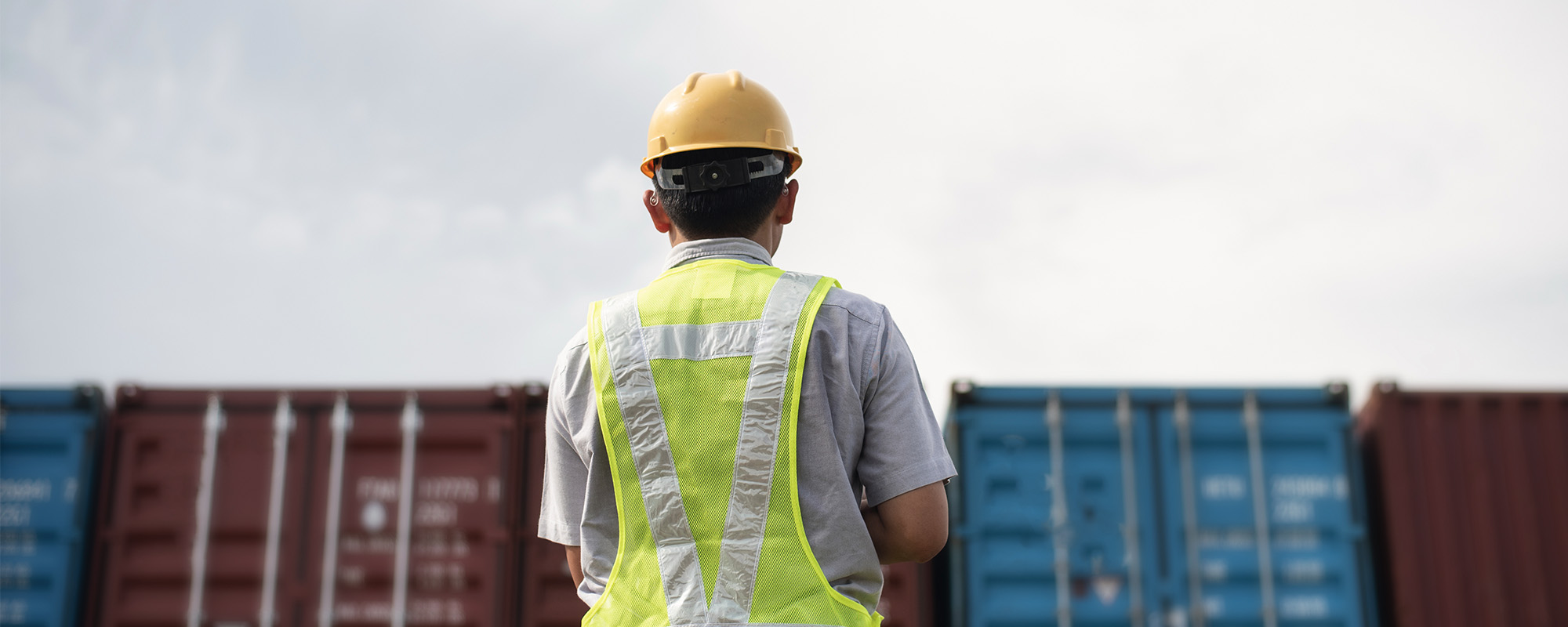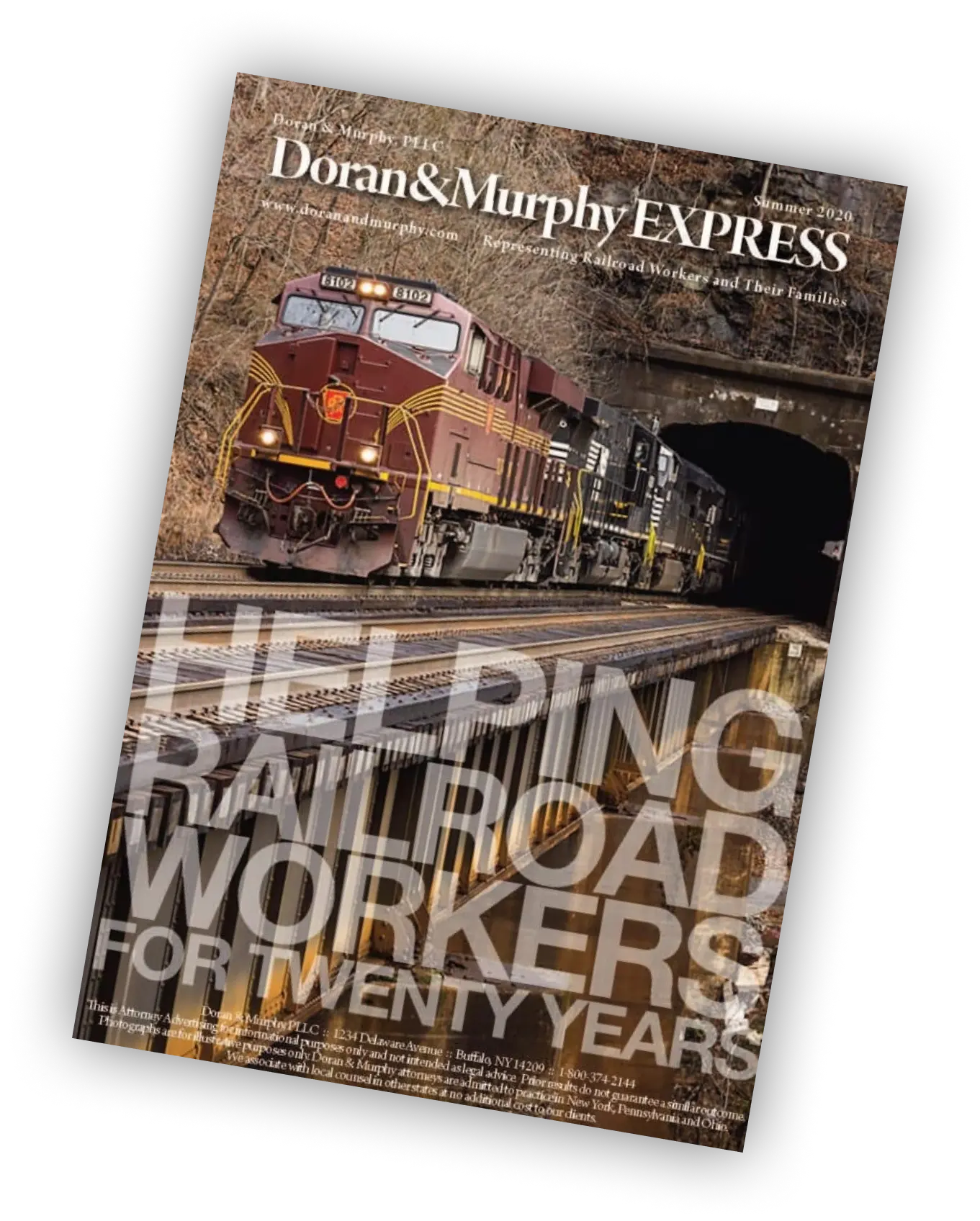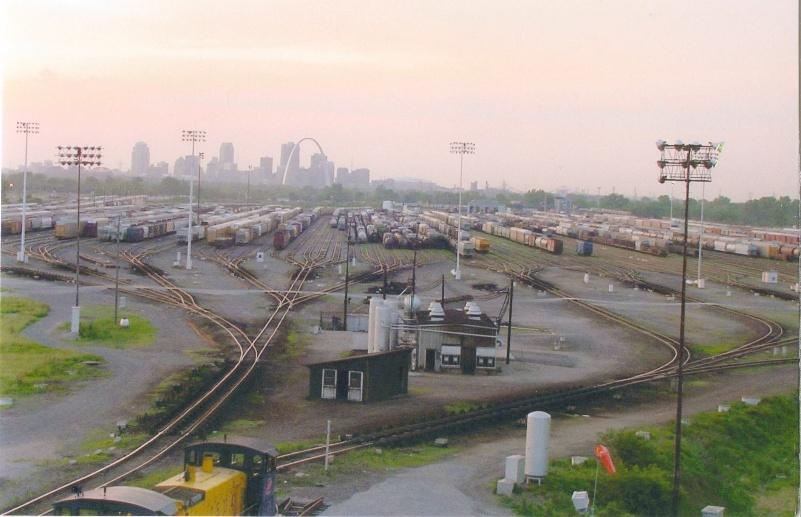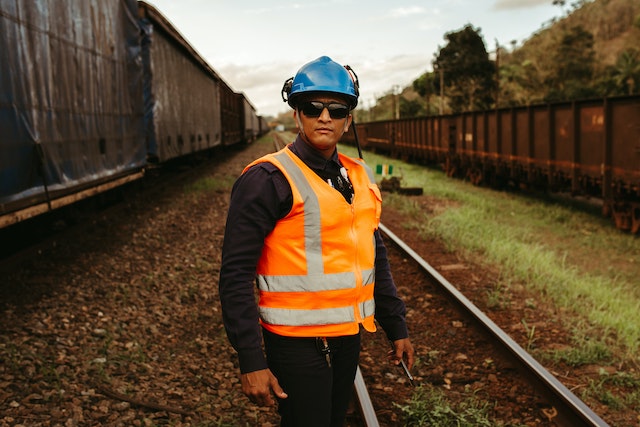
Switching operations are a routine part of every conductor’s job—but “routine” doesn’t mean safe. Two recent incidents occurring back-to-back and investigated by the National Transportation Safety Board (NTSB) in Nebraska and Kentucky serve as sobering reminders that even standard switching moves can lead to life-altering injuries.
At Doran & Murphy, we focus on helping injured railroad workers and their families hold railroads accountable under the Federal Employers’ Liability Act (FELA). These cases highlight how a lack of proper safety protocols can lead to catastrophic events.
Incident 1: Conductor Crushed in Nebraska Yard (Union Pacific)
In June 2025, a Union Pacific conductor was severely injured while performing a shoving movement on the industry lead track at the Chief Ethanol Fuels (CEF) facility in Lexington, Nebraska. The conductor was riding on the lead tank car when it sideswiped a stationary trackmobile that was obstructing the track. Emergency responders airlifted the injured conductor to a hospital in Kearney, Nebraska.
Incident 2: Conductor Struck by Railcar in Kentucky (R.J. Corman)
The following day, on June 26, 2025, a conductor for the R.J. Corman Railway Group was seriously injured during a railcar switching operation at Guthrie Yard in Kentucky. The conductor was working alongside an engineer to separate a faulty railcar from a block of 13 railcars and move it onto a siding track located east of the main line. During this operation, he was struck and pinned between the couplers of the stationary railcars and the faulty railcar, sustaining a serious injury to his left foot.
Key Issues:
- Switching and coupling/uncoupling is inherently dangerous—especially when equipment shifts unexpectedly.
- Preliminary findings regarding these incidents suggest there may have been deficiencies in training, operating procedures, and/or safety oversight.
The incidents are both still under NTSB investigation, but they highlight a recurring risk during switching operations: conductors are often placed in harm’s way when maneuvering cars in unpredictable environments.
Switching operations involve:
- Tight spaces
- Heavy equipment
- Limited visibility
- Multiple team members working independently
- Quick decision-making under time pressure
Yet, despite these known dangers, many railroads fail to provide adequate training, communication standards, safety protocols, or supervision to keep workers safe.
If you’ve been injured in a switching accident, call us for a free consultation. You don’t have to face the railroad alone. We understand how devastating these injuries can be—not just physically, but emotionally and financially. Our team has years of experience handling FELA cases for conductors, brakemen, switchmen, and engineers across the country.





